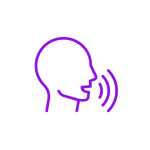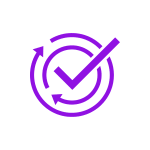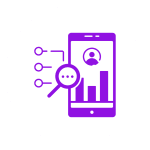Utility organizations are now realizing that in addition to improved customer service and customer care, outbound customer communications can dramatically help to avoid the future high cost of customer contact and customer service. Traditionally, utilities have associated customer communication with immediate revenue generation (i.e. collection, dispute resolution), and with being event-specific or demand-driven. Now, there is a shift to recognizing communications as a resource to manage the customer relationship throughout the entire customer lifecycle.
Conversation analytics can be used to understand the true Voice of the Customer and craft predictive, personalized strategies to manage future revenue and activities. Data can help to:
Better understand customer journeys
Put data at the center of decision making with a 360-degree view of the customer
Identify and predict issues to resolve quickly
Provide next-action guidance to agents
Automate 100% QA process to ensure broad script adherence

Real-time customer feedback –>
Quick and immediate action and reaction to risks and opportunities within the call

Customer response analysis -> Quick adjustments and improved campaign decisions

Real-time customer feedback –>
Address complaints and improve first call resolution

Deep, granular customer insights → Predictive customer experiences

Deep, granular insights –> Improve Voice of Customer program

Enhanced understanding of customer and environmental trends and contexts →
Informed decision-making
This case study explores how a leading Utility Company utilized Call Journey to identify and capitalize on 201 opportunities for business improvement
Call Journey CI (Customer Intelligence) automates customer intelligence storytelling. We look beyond the status quo to uncover detailed organization and experience transformation opportunities typically hidden in vast customer communication data.
For customer-centric organizations, we take customer intelligence to new frontiers using cutting-edge, purpose-built AI to analyze everyday conversations and translate them into organizational context.